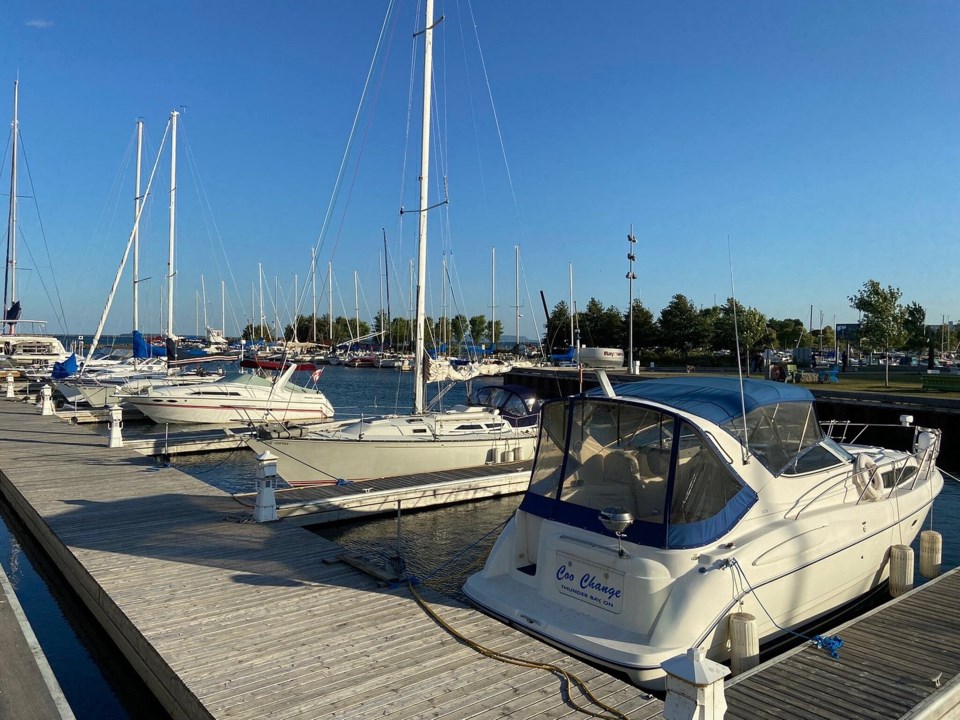NORTHWESTERN ONTARIO — Not wearing, or improperly wearing, a lifejacket accounts for nearly 90 per cent of boating fatalities in Ontario, officials with Transport Canada say.
And in northern Ontario, the relatively colder temperatures of many inland lakes — not to mention Lake Superior — pose additional dangers, said Dawn Colquhoun, the manager of the federal regulator’s office of boating safety for Ontario.
“If you accidentally fall into cold water (and) you're not intending to fall in there, it can trigger cold water shock, which is an automatic reaction to gasp for air and hyperventilate,” Colquhoun said.
“If you're on the water at that time, you are going to inhale water and drown,” she continued. “But if you were wearing a life jacket or personal flotation device, it will keep you afloat so you can get your breathing under control and give you time to either self-rescue or call for help.”
That’s why Transport Canada is again using the upcoming National Drowning Prevention Week, which, this year, is from July 20 to 26, and World Drowning Prevention Day (on July 25) to underscore the importance of wearing a proper lifejacket or personal flotation device when boating.
A media release from Transport Canada said nearly 100 Canadians die yearly due to boating-related incidents. The regulator’s release, citing data from the The Lifesaving Society, also said that in Ontario, for every fatal drowning, nearly four others required emergency department care.
Colquhoun said, nationally, the number of annual boating deaths is decreasing. In 1999, Canada saw around 200 fatalities, roughly double the current number. And that’s with more boaters on the water nowadays, she added.
“That's a trend we're looking forward to bringing down to zero.”
Lifejackets and personal flotation devices should always be worn, Colquhoun said, and need to be Transport Canada-approved and in good condition — so no rips, tears, mould buildup or other defects. Other safety tips she noted include boating sober, carrying required safety equipment and making sure it works, having enough fuel, knowing the weather forecast and plan appropriately, file a trip plan and let others know where you’re going and take a boating safety course.
“The law requires also that if you are operating a motorized vessel, that you must have some form of proof of competency on board,” she said, adding that typically is a pleasure craft operator card.
Colquhoun said she believes that, generally, people are “receptive” to safety messaging.
“We do a lot of outreach with social media,” she said. “If it reaches one person, we're happy.”
“That's one more person that's going to be safe on the water.”
Further information can be found on Transport Canada’s dedicated boating safety website.
